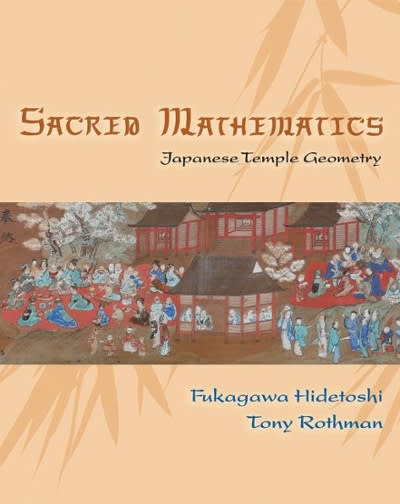Question
I really enjoy spending time watching stars on clear moonless nights.The best part is seeing shooting stars.It turns out that there are some nights when
I really enjoy spending time watching stars on clear moonless nights.The best part is seeing shooting stars.It turns out that there are some nights when there are meteor showers (https://en.wikipedia.org/w/index.php?title=Perseids&oldid=1063821036), when shooting stars occur higher frequently, but even on a 'typical night' where there is no meteor shower, I often see them. The trick is to get away from the light pollution of the city, sit in a comfy chair, watch the sky and be patient.
On a 'typical night' when stargazing, I spend 20 min watching the night sky.Based on my experience, I see about one shooting star per 30 min of star gazing. They occur randomly and without any particular pattern.
Follow an appropriate method from class to answer each of the questions below.Document your process and conclusions.Include all the steps.
- What is the probability that I'll see a shooting star on a typical night?
- Over 30 typical nights, what is the 95% confidence interval for the proportion of nights wherein I will see a shooting star?
- A drive-in movie theater has opened near my favorite star-watching location.I suspect the light pollution it produces makes it harder to see shooting stars. Since it opened, I been watching stars for 36 typical nights and have seen only 20 shooting stars.What, if anything, should I conclude?
Step by Step Solution
There are 3 Steps involved in it
Step: 1

Get Instant Access to Expert-Tailored Solutions
See step-by-step solutions with expert insights and AI powered tools for academic success
Step: 2

Step: 3

Ace Your Homework with AI
Get the answers you need in no time with our AI-driven, step-by-step assistance
Get Started


